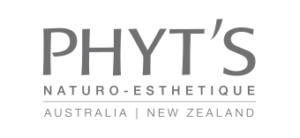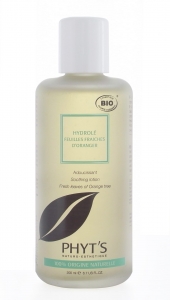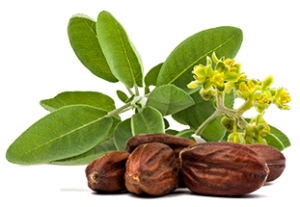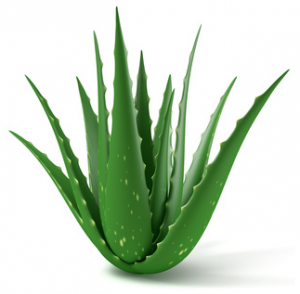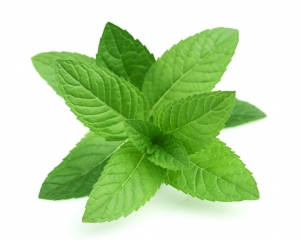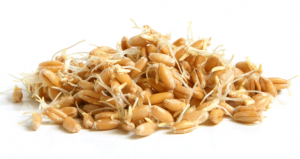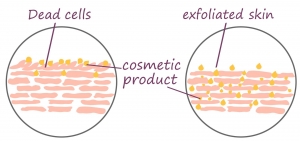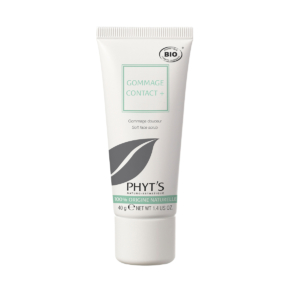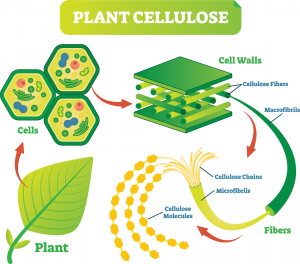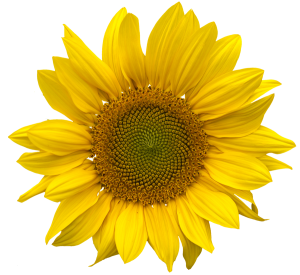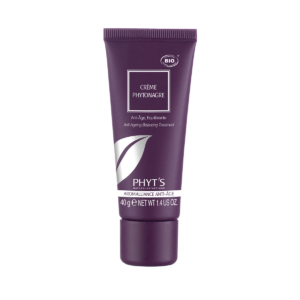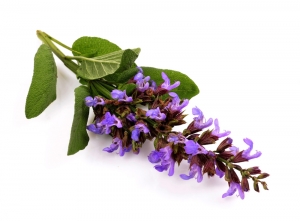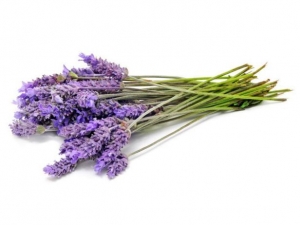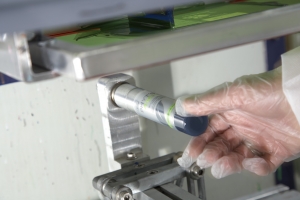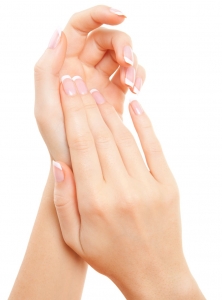Phyt’s chose hydrolates as skin toners. Hydrolates are botanical distillates that carry the properties of the plant materials used to manufacture them. To understand why they make great skin toners, we need to look at the extraction process of essential oils: steam distillation.
Here’s how it is done: you take a large quantity of, say orange rinds, and you put them into a still. You then allow steam to pass through the plant material, under gentle pressure and gentle temperature. As the rinds are exposed to the steam, many active chemicals naturally present in the orange skin are released into the steam, which is then condensed (cooled down by passing into a cool tube). The steam then turns back into water, but that water now contains many wonderful natural healing chemicals that were in the plant (you understand now why it’s important to source oranges grown organically, without exposure to harmful chemicals).
Some of those healing chemicals are called hydrophilic (that means they love water and dissolve in it), while others are oily and ‘hydrophobic’ (they are repelled by water). When you leave this water-oily mix for 15 minutes or so, the two parts quickly separate out (exactly as they would if you were to pour oil in a glass of water). The oil is the plant’s ‘essential oil’, and the water is known as a hydrolate. The hydrolate contains the water-soluble chemicals from the orange rinds, while the essential oil contains the non-water-soluble phytochemicals.
Now consider something else: the human body is composed of about 60% water. Water is the major compound in every single cell in the body, and also in the fluid that runs around the outside of the cells. If we want to get the balancing, therapeutic energies from the plants to our body’s cells, it makes sense to use the healing chemicals that dissolve in water.
Hydrolates are not just water; they are effective products that are a great addition to your daily skincare routine.
The benefits of our Phyt’s Orange Hydrolate has been maximised by adding to the solution safe, gentle but efficient natural ingredients:
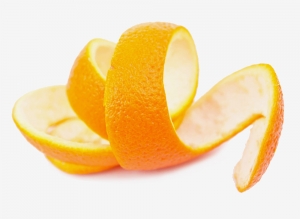
Water making up the hydrolate is produced from the steam distillation of bitter orange (Citrus Aurantium Amara) leaf and twig extracts. One of the main benefits of bitter orange is its cleansing capability. It removes dirt, oily and impurities from the skin while calming and balancing the skin at the same time (it doesn’t strip the skin as can some harsh over-the-counter formulas). After using a formula with bitter orange, the skin feels balanced, refreshed, and ready for the application of your moisturiser or serum.
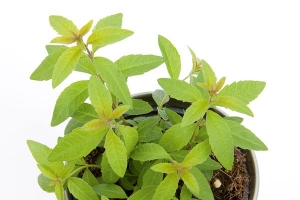
This plant oil is high in antiseptic content and emollient properties, making it a fantastic tonic for your skin.
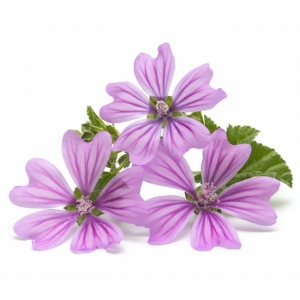
The flower extract has anti-inflammatory and moisturising properties.
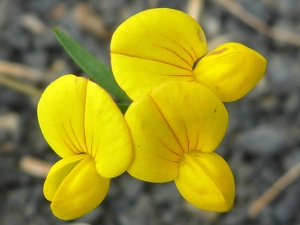
The lotus flower is full of compounds that benefit the skin, including antioxidants, flavonoids, fatty acids, proteins, vitamins, and minerals. The extract helps minimise the appearance of pores, soothes, hydrates, firms and tightens the skin.
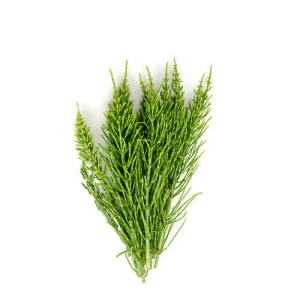
What makes horsetail stands out in the cosmetic world is that it contains more silicon in the form of silica and silica acids than any other herb, and in a form that’s highly absorbable by the body. It helps minimising the appearance of large pores and is a natural source of nutrients like calcium, magnesium, zinc, manganese, phosphorus, potassium, selenium, thiamine, riboflavin, niacin, and vitamin C. This ingredient has healing and remineralising properties.
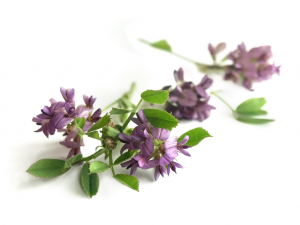
This extract comes from the alfalfa plant. In skincare, alfalfa extract can help with moisturisation and it is also known to contain lots of beneficial nutrients including proteins, a variety of minerals and vitamins A, B, C, D and E – all of which offer revitalising and anti-ageing benefits. Alfalfa extract is also a powerful antioxidant that helps to combat the effects of pollutants and airborne irritants. Last but least, this extract soothes the skin and has a brightening effect.

Interested in the beauty benefits of mistletoe? The decorative greenery, once reserved for doorways and dropping hints for your crush, actually contains a potent extract that, when applied topically, helps keep skin soft and supple. In Hydrolé Oranger (orange hydrolate) mistletoe extract helps boost the softness and elasticity of the skin.
Hydrolé Oranger does not contain alcohol or glycerin. It can be used on all skin types and is best for normal, combination, dry and sensitive skin.
Tip: Phyt’s hydrolates come in glass bottles, to be used with cotton pads. They can be transferred to a spray bottle if you prefer to spray toners on your skin.
